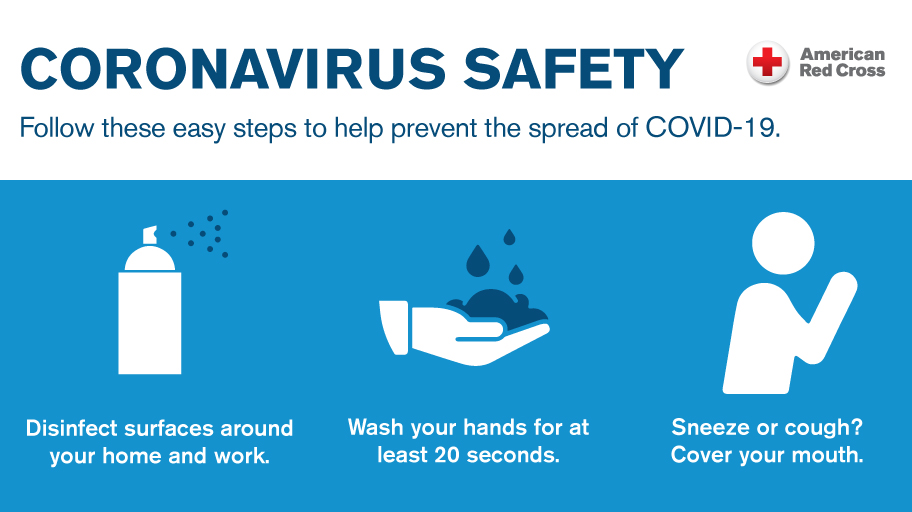The largest, single investment most consumers make is in their homes. The consumer can protect their home, possessions, and liability with a homeowner’s insurance policy. The homeowner’s insurance policy is a package policy that combines more than one type of insurance coverage in a single policy. There are four types of coverages that are contained in the homeowner’s policy: dwelling and personal property; personal liability; medical payment; and additional living expenses.
Property Damage Coverage
Property damage coverage helps pay for damage to your home and personal property. Other structures, such as a detached garage, a tool shed, and any other building on your property are usually covered for 10% of the amount of coverage on your house.
Personal property coverage will pay for personal property, including household furniture, clothing, and other personal belongings. The amount of insurance coverage is usually 50% of the policy limit on your dwelling. The coverage is also limited by the types of loss listed in the policy. The coverage only pays the current cash value of the item destroyed, unless you purchase “replacement cost” coverage. Your homeowner’s policy also provides off-premises coverage. This means that the policy covers your belongings against theft even when they are not inside your home.
Personal Liability Coverage
Homeowners’ policies provide personal liability coverage that applies to non-auto accidents on and off your property if the injury or damage is caused by you, a member of your family, or your pet. The liability coverage in your policy pays both for the cost of defending you and paying for any damages that a court rules you must pay. Liability insurance does not have a deductible that you must meet before your insurer begins to pay losses. The basic liability coverage is usually $100,000 for each occurence. You can request higher limits that are available for an additional cost.
Medical Payment Coverage
Medical payment coverage pays if someone outside your family is injured at your home, regardless of fault. This includes payment for reasonable medical expenses incurred within one year from the date of loss for a person who is injured in an accident in your home. The coverage does not apply to you and members of your household. The medical-payments portion of your homeowner’s policy will also pay if you are involved in the injury of another person away from your home in some limited circumstances. Medical payments coverage limits are generally $1,000 for each person.
Additional Living Expenses
If it is necessary for you to move into a motel or apartment temporarily because of damage caused by a peril covered in your policy, your insurance company will pay an amount up to 20% of the policy limit on your dwelling for these expenses. If you move in temporarily with a friend or relative and do not have any extra expenses, you will not be paid any addditional living expenses by your insurance company.
Home Business
If you operate a home business full- or part-time, you might be uninsured and not realize it. Many home business owners believe that their homeowner’s insurance policy covers all of their home business needs. You should not assume that your homeowner’s insurance policy will cover your home business. Your homeowner’s policy may provide coverage, but probably only a maximum of $2,500 for business equipment in the home, and $250 away from the premises.
The price you pay for your homeowner’s insurance can vary by hundreds of dollars, depending on the insurance company you buy your policy from. Here are some things to consider when buying homeowner’s insurance.
1. Shop around.
It will take some time, but could save you a good sum of money. Ask your friends, check the Yellow Pages, and contact your state insurance commission. The National Association of Insurance Commissioners has information to help you choose an insurer in your state, including complaints that are filed by consumers. States often make information available on typical rates charged by major insurers, and many states provide the frequency of consumer complaints by company. Also check consumer guides, insurance agents, companies, and online insurance quote services. This will give you an idea of price ranges and tell you which companies have the lowest prices. But don’t consider price alone. The insurer you select should offer a fair price and deliver the quality of service you would expect if you needed assistance in filing a claim. So, in assessing service quality, use the complaint information from state regulatory agencies and talk to a number of insurers to get a feeling for the type of service they provide. Ask them what they would do to lower your costs. When you’ve narrowed the field to three insurers, get price quotes.
2. Raise your deductible.
Deductibles are the amount of money you have to pay toward a loss before your insurance company starts to pay a claim, according to the terms of your policy. The higher your deductible, the more money you can save on your premiums. Nowadays, most insurance companies recommend a deductible of at least $500. If you can afford to raise your deductible to $1,000, you may save as much as 25%. Remember, if you live in a disaster-prone area, your insurance policy may have a separate deductible for certain kinds of damage. If you live near the coast in the East, you may have a separate windstorm deductible; if you live in a state vulnerable to hailstorms, you may have a separate deductible for hail; and if you live in an earthquake-prone area, your earthquake policy has a deductible.
3. Don’t confuse what you paid for your house with rebuilding costs.
The land under your house isn’t at risk from theft, windstorm, fire and the other perils covered in your homeowner’s policy. So don’t include its value in deciding how much homeowner’s insurance to buy. If you do, you will pay a higher premium than you should.
4. Buy your home and auto policies from the same insurer.
Some companies that sell homeowner’s, auto and liability coverage will take 5% to 15% off your premium if you buy two or more policies from them. But make certain this combined price is lower than buying the different coverages from different companies.
5. Make your home more disaster-resistant.
Find out from your insurance agent or company representative what steps you can take to make your home more resistant to windstorms and other natural disasters. You may be able to save on your premiums by adding storm shutters, reinforcing your roof, and buying stronger roofing materials. Older homes can be retrofitted to make them better able to withstand earthquakes. In addition, consider modernizing your heating, plumbing and electrical systems to reduce the risk of fire and water damage. Even small measures, such as keeping a fire extinguisher in your kitchen, will often qualify you for a discount on your premiums and save you money in the long run.
6. Improve your home security.
You can usually get discounts of at least 5% for a smoke detector, burglar alarm and dead-bolt locks. Some companies offer to cut your premium by as much as 15% to 20% if you install a sophisticated sprinkler system and a fire and burglar alarm that rings at the police, fire or other monitoring stations. These systems aren’t cheap, and not every system qualifies for a discount. Before you buy such a system, find out what kind your insurer recommends, how much the device would cost, and how much you’d save on premiums.
7. Seek out other discounts.
Companies offer several types of discounts, but they don’t all offer the same discount or the same amount of discount in all states. For example, since retired people are at home more than working people, they are less likely to be burglarized and may spot fires sooner, too. Retired people also have more time for maintaining their homes. If you’re at least 55 years old and retired, you may qualify for a discount of up to 10% at some companies. Some employers and professional associations administer group insurance programs that may offer a better deal than you can get elsewhere.
8. Maintain a good credit record.
Establishing a solid credit history can cut your insurance costs. Insurers are increasingly using credit information to price homeowners’ insurance policies. In most states, your insurer must advise you of any adverse action, such as a higher rate, at which time you should verify the accuracy of the information on which the insurer relied. To protect your credit standing, pay your bills on time, don’t obtain more credit than you need, and keep your credit balances as low as possible. Check your credit record on a regular basis, and rectify any errors promptly so that your record remains accurate.
9. Stay with the same insurer.
If you’ve kept your coverage with a company for several years, you may receive a special discount for being a long-term policyholder. Some insurers will reduce their premiums by 5% if you stay with them for three to five years, and by 10% if you remain a policyholder for six years or more. But make certain to periodically compare this price with that of other policies.
10. Review the limits in your policy and the value of your possessions at least once a year.
You want your policy to cover any major purchases or additions to your home. But you don’t want to spend money for coverage you don’t need. If your five-year-old fur coat is no longer worth the $5,000 you paid for it, you’ll want to reduce or cancel your floater — defined as extra insurance for items whose full value is not covered by standard homeowners’ policies, such as expensive jewelry, high-end computers and valuable art work — and pocket the difference.
11. If you are in a government plan, look for private insurance.
If you live in a high-risk area — say, one that is especially vulnerable to coastal storms, fires or crime — and have been buying your homeowner’s insurance through a government plan, you should check with an insurance agent or company representative, or contact your state commission of insurance for the names of companies that might be interested in your business. You may find that there are steps you can take that would allow you to buy insurance at a lower price in the private market.
12. When you’re buying a home, consider the cost of homeowner’s insurance.
You may pay less for insurance if you buy a house close to a fire hydrant or in a community that has a professional rather than a volunteer fire department. It may also be cheaper if your home’s electrical, heating and plumbing systems are less than 10 years old. If you live in the East, consider a brick home because it’s more wind-resistant. If you live in an earthquake-prone area, look for a wooden frame house because it is more likely to withstand this type of disaster. Choosing wisely could cut your premiums by 5% to 15%.
Check the CLUE (Comprehensive Loss Underwriting Exchange) report of the home you are thinking of buying. These reports contain the insurance-claim history of the property and can help you judge some of the problems the house may have. Remember that flood insurance and earthquake damage are not covered by a standard homeowner’s policy. If you buy a house in a flood-prone area, you’ll have to pay for a flood insurance policy that costs an average of $400 a year. The Federal Emergency Management Agency (FEMA) provides useful information on flood insurance on its Web site at www.fema.gov/nfip. A separate earthquake policy is available from most insurance companies. The cost of the coverage will depend on the likelihood of earthquakes in your area.
If you have questions about insurance for any of your possessions, be sure to ask your agent or company representative when you’re shopping around for a policy. For example, if you run a business out of your home, be sure to discuss coverage for that business. Most homeowners’ policies cover business equipment in the home, but only up to $2,500, and they offer no business liability coverage. Although you want to lower your homeowner’s insurance cost, you also want to make certain you have all the coverage you need.
Common Questions Asked by Homeowners About Insurance
If a fire, flood, earthquake, or some other natural disaster were to damage or destroy your home, would you have the right insurance coverage to rebuild your house? Based on the questions consumers ask most frequently, this list explains what is and is not covered in a standard homeowner’s policy. Where gaps in coverage exist, it tells you how to fill them. To simplify explanations, assume that you have a policy known as Homeowners-3 (HO-3), the most common type of homeowner’s policy in the United States. Find out what type of homeowner’s policy you have. If you have a different policy, you should review your options in question #17.
1. Am I covered for direct losses due to fire, lightning, tornadoes, windstorms, hail, explosions, smoke, vandalism and theft?
Yes. The HO-3 provides broad coverage for these and other disasters or “perils,” as they are called in the policy, including all those listed in the question. You should check the dollar limits of insurance in your policy, and make sure you are comfortable with the amount of insurance you have for specific items. Also, if you live near the Atlantic or Gulf Coasts, there may be some restrictions on your coverage for wind damage. Ask your agent about windstorm/hurricane deductibles. In areas prone to hailstorms, you may have a specific hail-damage deductible.
2. Are my jewelry and other valuables covered?
The standard policy provides only from $1,000 to $2,000 for theft of jewelry. If your jewelry is worth a lot more, you should purchase higher limits. You may wish to add a floater to your policy to cover specific pieces of jewelry and other expensive possessions, such as paintings, electronic equipment, stamp collections and silverware, for example. The floater will provide both higher limits and protect you from additional risks not covered in your standard policy.
3. If my house is totally destroyed in a fire and I have $150,000 worth of insurance to cover the structure, will this be enough to rebuild my home?
If the cost of rebuilding your home is less than or equal to $150,000, you would have enough coverage. The HO-3 policy pays for structural damage on a replacement-cost basis. If the cost of replacing your home is, say, $120,000, then that is all the insurance you need. On the other hand, if the cost of rebuilding your home is $180,000, then you will be short $30,000.
If you live in an area that is frequently hit by major storms, ask your insurance company about an extended or guaranteed replacement-cost policy. This will provide a certain amount over the policy limit to rebuild your home, so that if building costs go up unexpectedly due to high demand for contractors and materials, you will have the extra funds to cover the bill.
If you choose not to rebuild your home, you will receive the replacement cost of your home, less depreciation. This is called “actual cash value.” You should make sure that the amount of insurance you have will cover the cost of rebuilding your house. You can find out what this cost is by talking to your real estate agent or builders in your area.
Do not use the price of your house as the basis for the amount of insurance you purchase. The market price of your house includes the value of the land on which the house sits. In almost all cases, the land will still be there after a disaster, so you do not need to insure it. You only need to insure the structure.
4. Am I automatically covered for flood damage?
No. If you live in a flood-prone area, it may be wise to purchase flood insurance. Flood insurance is provided by the federal government under a program run by the Federal Insurance Administration. In some parts of the country, homes can be damaged or destroyed by mudslides. This risk is also covered under flood policies. Contact your agent or company representative to get this insurance, or call the FEMA at 1-800-427-4661 or visit www.fema.gov.
5. If a pipe bursts and water flows all over my floors, am I covered?
Yes. The HO-3 covers you for accidental discharge of water from a plumbing system. You should check your plumbing and heating systems once a year. While you are covered for damage, who needs the mess and hassle?
6. What if water seeps into my basement from the ground — am I still covered?
No. Water seepage is excluded under the HO-3. And if the water seepage is not due to a flood, you will not be covered under a flood policy. Seepage is viewed as a maintenance issue and is not covered by insurance. You should see a contractor about waterproofing your basement.
7. Am I automatically covered for earthquake damage?
No. Earthquake coverage is sold as additional coverage to the homeowner’s policy. To find out whether you should buy this insurance, talk to your agent or company representative. The cost of this coverage can vary significantly from one area to another, depending on the likelihood of a major earthquake.
8. A neighbor slips on my sidewalk or falls down my porch steps and threatens to take me to court for damages. Does my policy protect me?
Yes. The policy will pay for damages if a fall or other accident on your property is the result of your negligence. It will also pay for the legal costs of defending you against a claim. Also, the medical-payments part of your homeowner’s policy will cover medical expenses if a neighbor or guest is injured on your property. You should check to see how much liability protection you have. The standard amount is $100,000. If you feel you need more, consider purchasing higher limits.
9. A tree falls and damages my roof during a storm. Am I covered?
Yes. You are covered for the damage to your roof. You are also covered for the removal of the tree, generally up to a limit of $500. You should cut down dead or dying trees close to your house and prune branches that are near your house. It’s true that your insurance covers damage, but falling trees and branches can also injure your family. Ask your InterNACHI inspector about problem trees during your next inspection.
10. During a storm, a tree falls but does no damage to my property. Am I covered for the cost of removing the tree?
Your trees and shrubs are covered for losses due to risks such as vandalism, theft and fire, but not wind damage. However, if a fallen tree blocks access to your home, you may be covered for its removal. Decide if you need extra insurance for the trees, plants and shrubs on your property. You may be able to purchase extra insurance which will not only cover the cost of removing fallen trees, but will also cover the cost of replacing trees and other plants.
11. If a storm causes a power outage and all the food in my refrigerator and freezer is spoiled and must be thrown out, can I make a claim?
The general answer is no. However, there are a number of exceptions. In some states, food spoilage is covered under the homeowner’s policy. In addition, if the power loss is due to a break in a power line on or close to your property, you may be covered. You should check with your agent to find out whether you are covered for food spoilage in your state. If not, you can add food-spoilage coverage to your policy for an additional premium.
12. My children are away at college. Are they covered by my homeowner’s insurance?
If they’re full-time college students and part of your household, your insurance generally provides some coverage in a dorm, typically 10% of the contents’ limit. If they live off-campus, some companies may not provide this limited coverage if the apartment is rented in the student’s name.
13. My golf clubs were stolen from the trunk of my car. Does my homeowner’s policy cover the loss?
Yes. The HO-3 covers your personal property while it is anywhere in the world. However, if your golf clubs are old, you will get only their current value, which may not be enough to purchase a new set. Consider buying a replacement-cost endorsement for your personal property. This way, you will get what it costs to replace the golf clubs, less your deductible.
14. I have a small power boat. If it is stolen, am I covered? What if there is a boating accident and I get sued? Am I covered for that?
Whether or not you are covered for either theft or liability depends on the size of the boat, the horsepower of the engine, and your insurance company. Coverage for small boats under homeowners’ policies varies significantly. Ask your insurance representative whether you need a boat owner’s policy.
15. My house is close to the ocean. I’ve heard that if it is destroyed by the wind, the town’s new building code requires me to rebuild the house on stilts. This will add $30,000 to the cost of rebuilding my house. Am I covered for this extra cost?
No. The HO-3 excludes costs mandated by ordinances and laws that regulate the construction of buildings. You can purchase an ordinance or law endorsement. This will cover the extra costs involved in meeting new building codes.
16. Am I covered for “acts of God”?
Sometimes. The term “acts of God” is not specifically mentioned in homeowners’ insurance policies. It usually refers to natural disasters, such as hurricanes and tornadoes, as opposed to man-made acts, such as theft and auto accidents. Some natural disasters, such as damage from windstorms, hail, lightning, and volcanic eruptions, are covered under homeowner’s insurance. Damage from floods and earthquakes is not.
17. What should I do if my policy provides less coverage than the HO-3?
Review your coverage with your agent. Some older policies provide less coverage than the HO-3. They may not provide coverage for water damage, theft or liability. They may also provide coverage for the house on an actual cash-value basis, rather than a replacement-cost basis.
“Actual cash value” means replacement cost less depreciation. For example, if your roof is destroyed in a storm, the insurance will pay only for the cost of a new roof less the amount of depreciation of the old roof. If your roof was in great shape, this deduction will not be large. However, if the roof was old and worn out, the deduction for depreciation may be significant. You should try to get an HO-3.





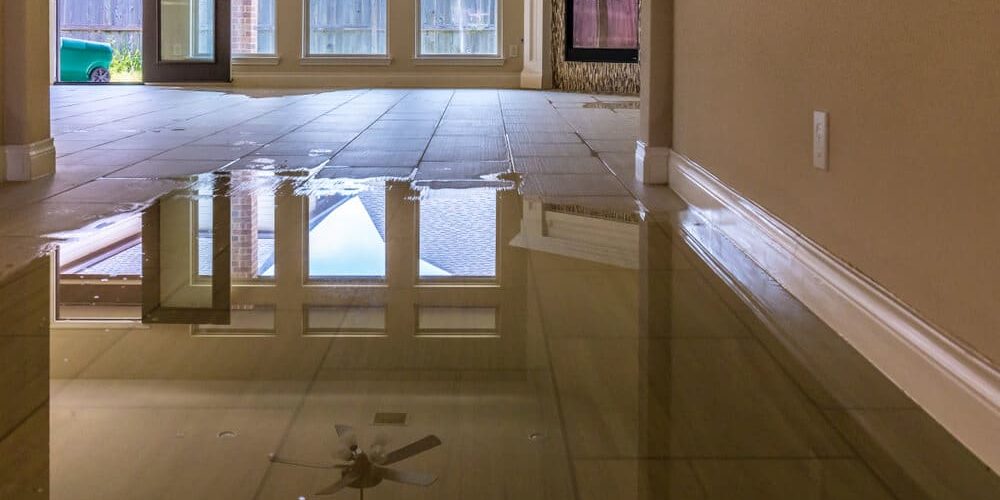
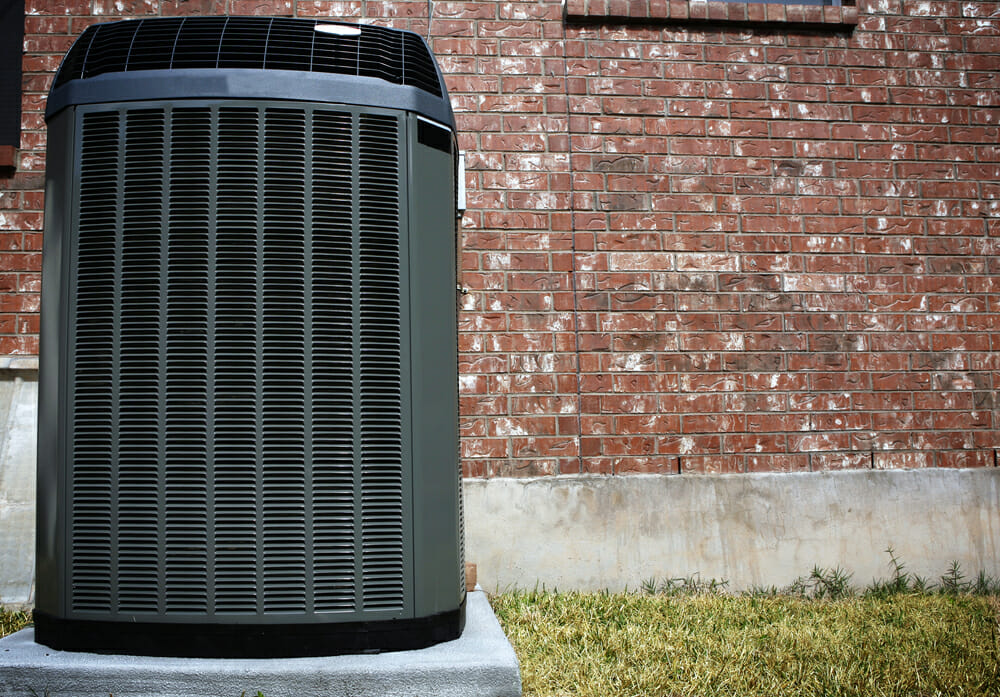
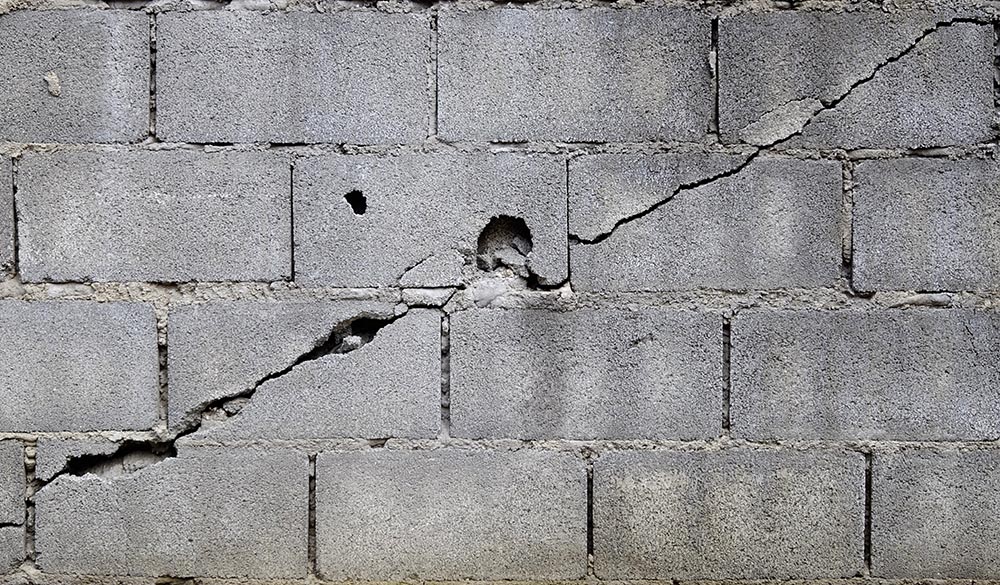
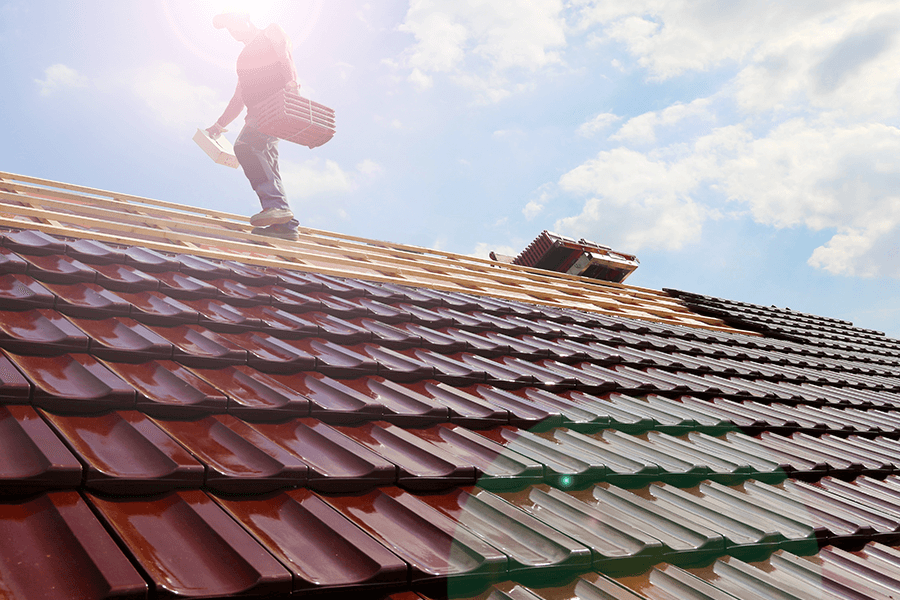


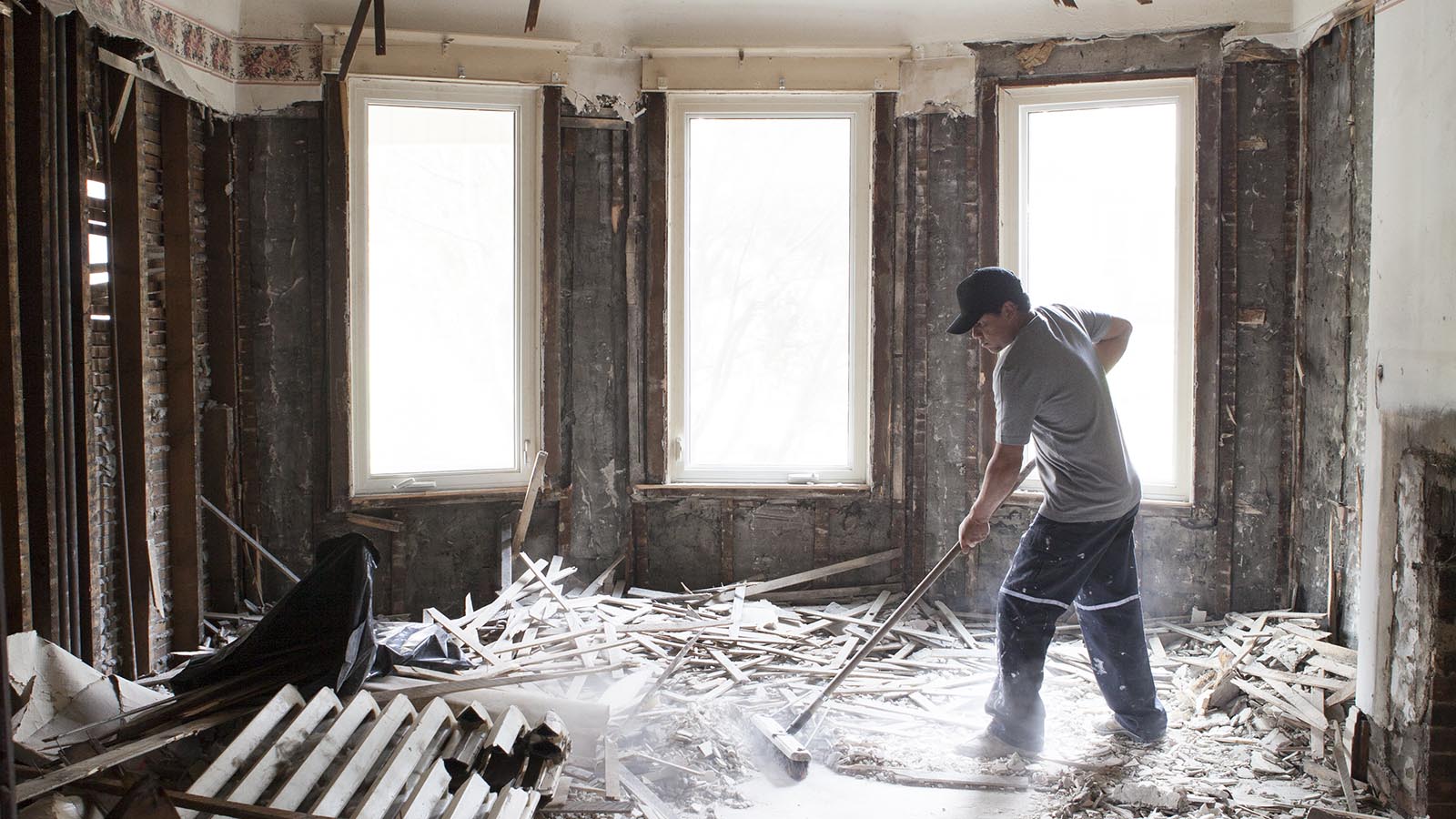
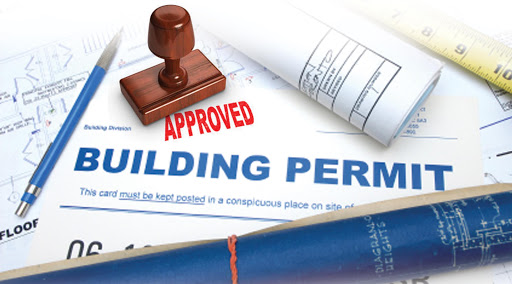
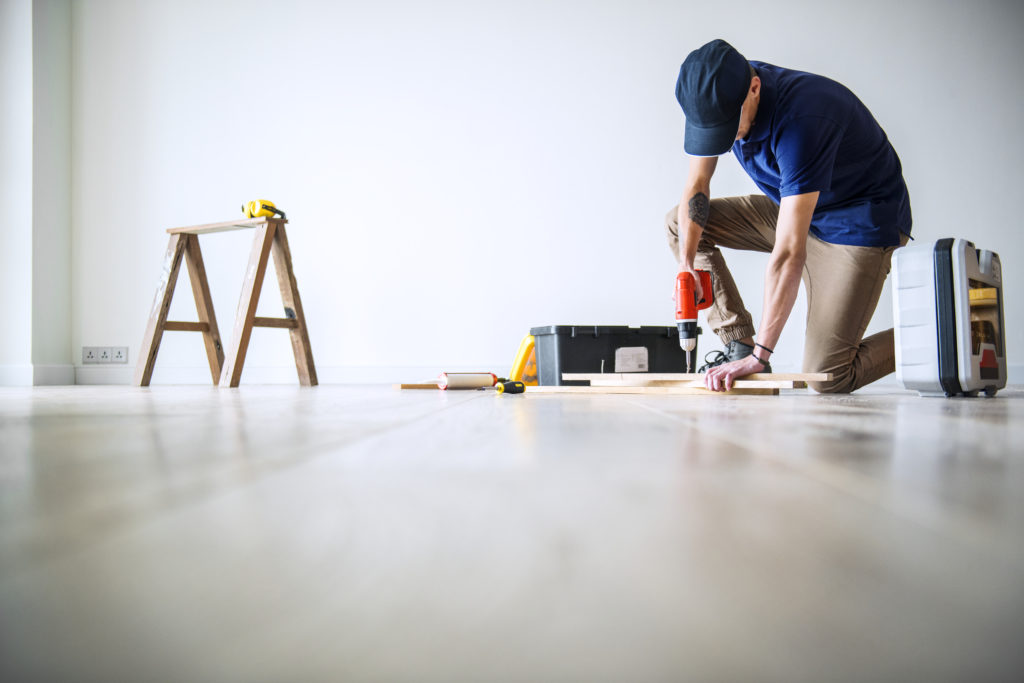
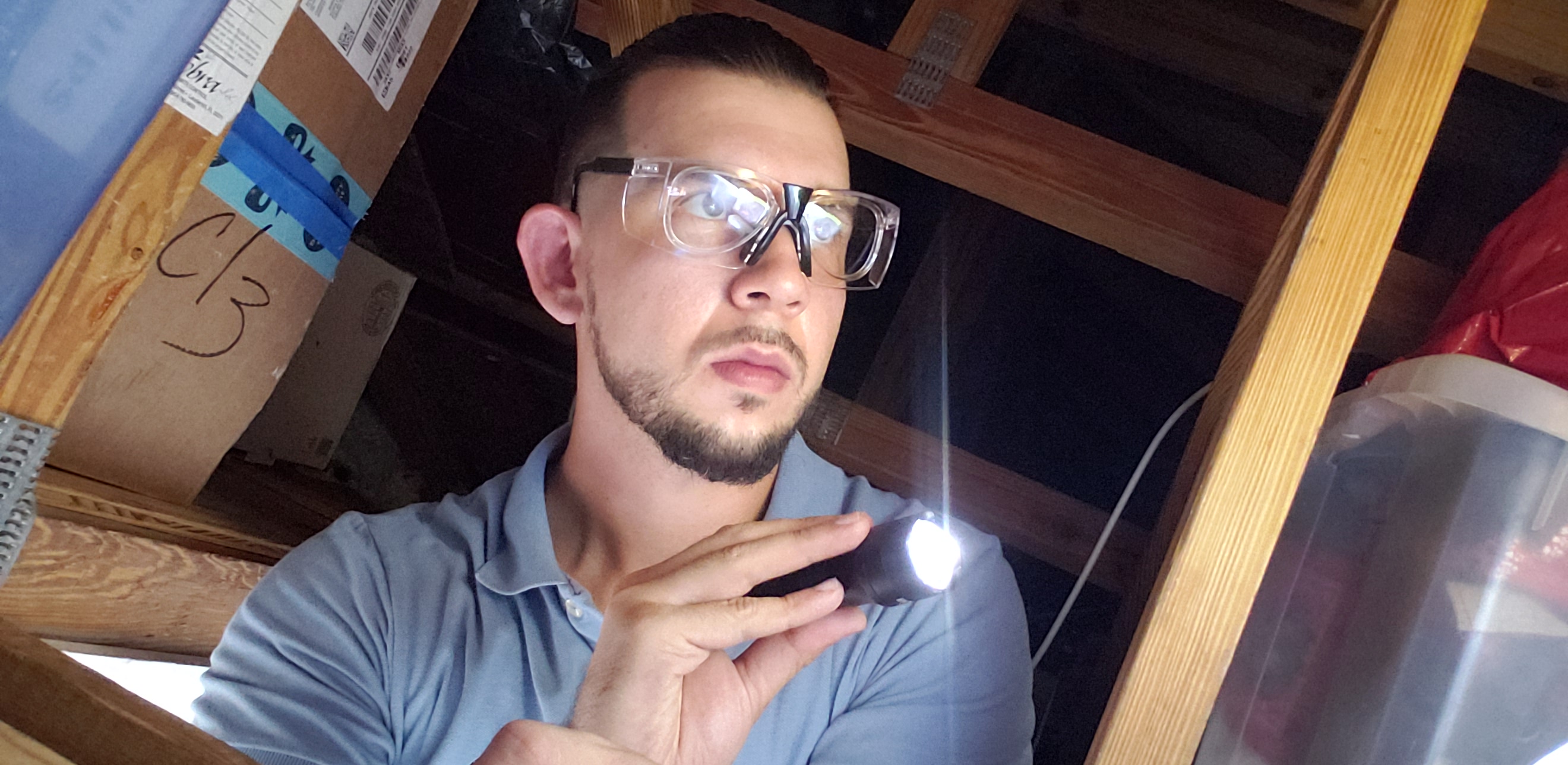





 seen. Prevent infestations because if they occur, they will almost always need professional pest-control service.
seen. Prevent infestations because if they occur, they will almost always need professional pest-control service.
 chemicals. The electric-current method involves delivering electric energy to targeted infestations. For the extreme cold method, liquid nitrogen is pumped into wall voids adjacent to suspected infestation sites, reducing the area to -20° F. The localized heat method involves heating infested structural timbers to 120° F. The microwave method kills termites by directing microwaves into termite-infested wood.
chemicals. The electric-current method involves delivering electric energy to targeted infestations. For the extreme cold method, liquid nitrogen is pumped into wall voids adjacent to suspected infestation sites, reducing the area to -20° F. The localized heat method involves heating infested structural timbers to 120° F. The microwave method kills termites by directing microwaves into termite-infested wood.
